Home>Renovation & DIY>Tools & Equipment>What Is A Stud Finder And How Does It Work
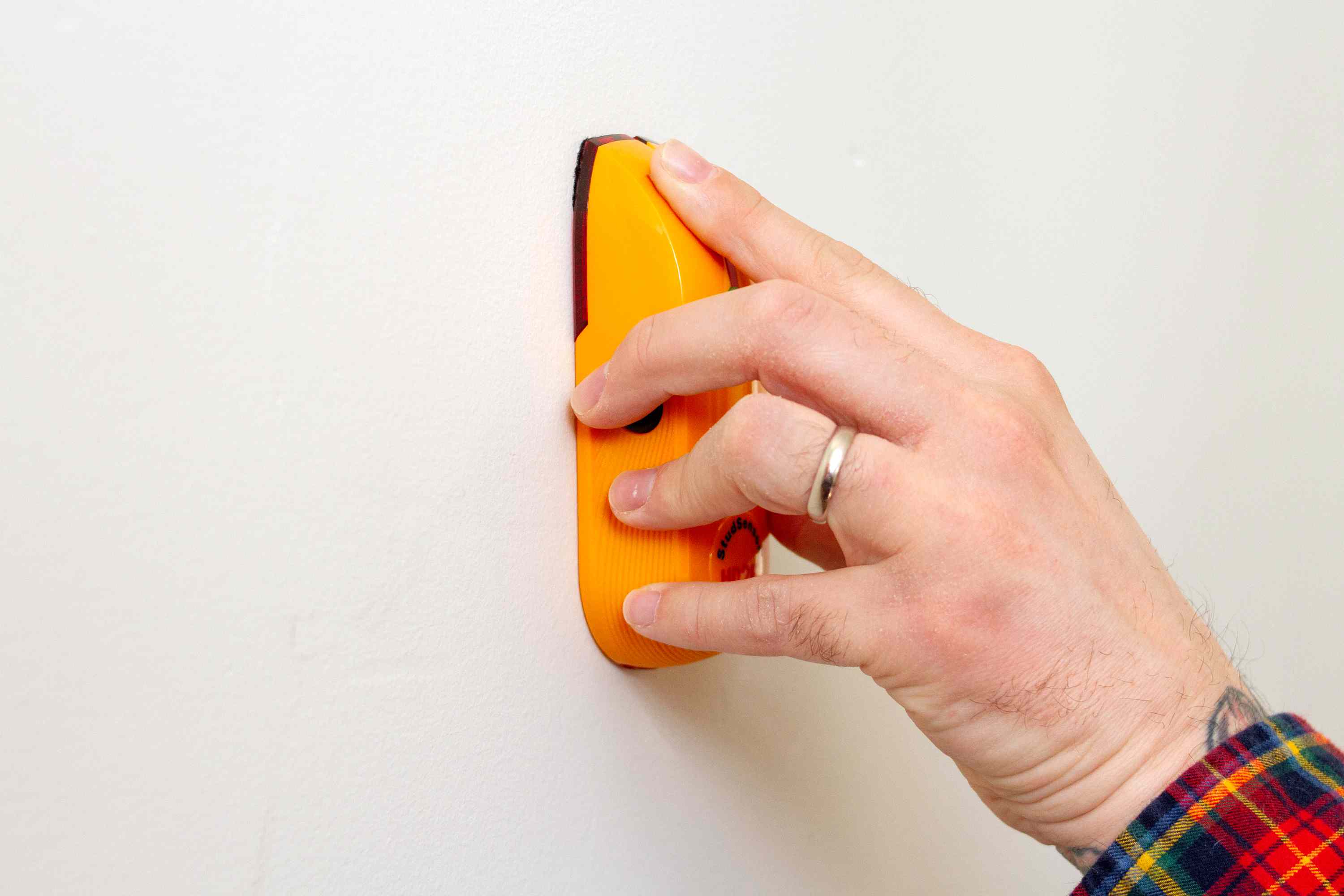

Tools & Equipment
What Is A Stud Finder And How Does It Work
Modified: February 18, 2024
Discover how a stud finder works and its importance in your toolkit. Learn about this essential tool and its uses in tools and equipment.
(Many of the links in this article redirect to a specific reviewed product. Your purchase of these products through affiliate links helps to generate commission for Storables.com, at no extra cost. Learn more)
Introduction
Welcome to the world of DIY home improvement! Whether you're hanging a heavy mirror, installing shelves, or mounting a TV, finding a reliable tool to locate studs behind drywall is essential. This is where the trusty stud finder comes into play. It's a small yet powerful device that can save you time, effort, and frustration.
In this comprehensive guide, we'll delve into the world of stud finders, exploring their types, functionality, and practical usage. By the end, you'll have a clear understanding of what stud finders are and how they can simplify your home improvement projects.
So, let's embark on this enlightening journey to uncover the secrets of stud finders and equip ourselves with the knowledge to tackle wall-mounting tasks with confidence and precision.
Key Takeaways:
- Stud finders are essential tools for locating hidden studs in walls, making it easier to hang heavy objects and perform renovations with confidence and precision.
- There are different types of stud finders, each with unique features and capabilities, such as detecting metal and non-metallic studs, live wire detection, and smartphone integration for seamless operation.
Read more: How Does Stud Finder App Work
What Is a Stud Finder?
A stud finder is a handheld electronic device designed to locate studs, joists, or beams behind drywall, plaster, or other wall materials. These vital support structures are concealed within the walls of buildings, and locating them accurately is crucial for various tasks, such as hanging heavy objects, securing furniture, or performing renovations.
Stud finders are indispensable tools for homeowners, professional contractors, and DIY enthusiasts alike. They eliminate the guesswork and uncertainty associated with identifying the precise locations of studs, allowing for secure and reliable mounting of fixtures and fittings.
Modern stud finders utilize advanced sensor technologies, such as magnetic, electronic, and radar-based systems, to detect changes in wall density or the presence of embedded fasteners. By analyzing these variations, stud finders provide visual or audible indicators to signal the presence of a stud, enabling users to mark the exact locations for their intended tasks.
These devices come in various shapes and sizes, ranging from simple magnetic models to sophisticated digital units with multiple scanning modes. Some stud finders also incorporate additional features, such as live wire detection and deep-scanning capabilities, further enhancing their utility in diverse construction and remodeling projects.
Overall, a stud finder serves as an indispensable ally for anyone working on interior wall installations or renovations, offering a reliable means to pinpoint structural elements hidden behind wall surfaces with speed and precision.
Types of Stud Finders
Stud finders are available in several distinct types, each offering unique features and functionalities tailored to specific user preferences and project requirements. Understanding the variations among these types can help you select the most suitable stud finder for your intended applications. Here are the primary types of stud finders:
Magnetic Stud Finders
These traditional and affordable stud finders rely on the detection of metal fasteners, such as nails or screws, used to secure the wallboard to the underlying studs. When the device encounters a metal fastener, it reacts by attracting to the fastener, indicating the presence of a stud. While magnetic stud finders are simple and reliable, they are limited in their ability to detect non-metallic studs or obstacles within the wall.
Electronic Stud Finders
Electronic stud finders are equipped with internal sensors that detect changes in wall density caused by the presence of a stud. These sensors typically use capacitive, electromagnetic, or ultrasonic technologies to identify variations in the wall material. Electronic stud finders offer greater versatility compared to magnetic models, as they can detect both metal and non-metallic studs, providing more comprehensive and accurate results.
Read more: What Does AC On A Stud Finder Mean
Instant Stud Finders
Instant stud finders, also known as all-in-one stud finders, combine multiple scanning technologies, such as electronic sensing and radar detection, to deliver enhanced performance and reliability. These advanced devices offer features like deep scanning, live wire detection, and graphical displays to visualize the detected stud locations and other hidden elements within the wall. Instant stud finders are ideal for professional contractors and individuals seeking advanced capabilities for complex projects.
Wireless Stud Finders
Wireless stud finders utilize smartphone connectivity and apps to provide stud detection and mapping capabilities. These innovative devices leverage the processing power and display capabilities of smartphones to offer intuitive user interfaces and advanced features, such as augmented reality overlays and cloud-based storage of scanned data. Wireless stud finders are ideal for tech-savvy users who prefer seamless integration with their mobile devices for project planning and execution.
By understanding the unique characteristics and applications of each type, you can make an informed decision when choosing a stud finder that best aligns with your specific needs and preferences.
How Does a Stud Finder Work?
Stud finders employ various technologies to detect the presence of studs or other hidden structures behind wall surfaces. Understanding the underlying principles of these detection methods can shed light on the functionality and operation of these indispensable devices. Here’s an overview of how stud finders work:
Magnetic Stud Finders
Magnetic stud finders operate on the principle of detecting metal fasteners, such as nails or screws, used to affix wall materials to the underlying studs. These devices contain a small magnet that responds to the presence of metal, causing it to attract to the fastener. By sliding the magnet across the wall, users can identify the locations of the fasteners and, consequently, the position of the studs. While simple and reliable, magnetic stud finders are limited to detecting metallic fasteners and may not provide comprehensive results in walls with non-metallic studs or obstacles.
Electronic Stud Finders
Electronic stud finders utilize internal sensors to detect changes in wall density, which indicate the presence of a stud. These sensors may employ various technologies, such as capacitive, electromagnetic, or ultrasonic methods, to analyze the wall material and identify variations associated with the underlying studs. When the device detects a change in density, it signals the presence of a stud, typically through visual indicators or audible alerts. Electronic stud finders offer greater versatility compared to magnetic models, as they can detect both metal and non-metallic studs, providing more comprehensive and accurate results.
Radar-Based Stud Finders
Advanced stud finders may incorporate radar-based technologies to penetrate the wall and create a detailed map of the hidden structures within. These devices emit low-power radar signals that penetrate the wall and bounce back upon encountering denser materials, such as studs or pipes. By analyzing the reflected signals, radar-based stud finders can generate visual representations of the detected structures, offering precise insights into the locations and depths of studs, as well as the presence of live wires or other obstacles within the wall.
By leveraging these innovative technologies, stud finders enable users to pinpoint the exact locations of studs and other hidden elements within walls, empowering them to execute mounting and installation tasks with confidence and precision.
Using a Stud Finder
Mastering the art of using a stud finder is essential for accurate and efficient wall installations and renovations. Whether you’re a seasoned professional or a DIY enthusiast, understanding the proper techniques for operating a stud finder can significantly enhance the success of your projects. Here’s a step-by-step guide on how to use a stud finder effectively:
Choose the Right Type
First, select a stud finder that aligns with your specific project requirements and preferences. Consider factors such as wall material, desired features (e.g., live wire detection, deep scanning), and your familiarity with different types of stud finders.
Read more: How To Use Zircon Stud Finder
Calibrate the Device
If your stud finder requires calibration, follow the manufacturer’s instructions to ensure accurate and reliable performance. Calibration is crucial for optimizing the device’s sensitivity and compensating for environmental factors that may affect its readings.
Position the Stud Finder
Hold the stud finder against the wall surface, ensuring that it is perpendicular to the direction of the studs. For vertical installations, position the device horizontally, while for horizontal installations, hold it vertically. Maintain a steady grip and avoid excessive pressure that may hinder the device’s scanning capabilities.
Initiate Scanning
Activate the stud finder according to the manufacturer’s guidelines. Depending on the type of stud finder, you may need to initiate the scanning process by pressing a button, sliding the device across the wall, or following specific on-screen instructions for advanced digital models.
Interpret the Signals
Pay close attention to the visual or audible signals emitted by the stud finder. These indicators may vary based on the device’s design and features, but they generally alert you when a stud is detected. Some stud finders provide visual displays, while others emit beeps or LED lights to signal the presence of a stud.
Read more: How To Find Stud With Stud Finder
Mark the Stud Locations
Once the stud finder detects a stud, use a pencil or masking tape to mark the precise location on the wall. Repeat the scanning process as needed to identify additional studs or to confirm the consistency of the detected locations.
Verify the Findings
After marking the stud locations, it’s advisable to verify the findings by measuring the distances between the marks and ensuring they align with the expected spacing of the studs. This step helps prevent errors and ensures the accuracy of your markings before commencing any drilling or mounting tasks.
By following these steps and exercising patience and precision, you can harness the full potential of your stud finder, enabling you to confidently tackle wall-mounting projects with accuracy and efficiency.
Conclusion
As we conclude our exploration of stud finders, it’s evident that these unassuming devices play a pivotal role in simplifying and enhancing various construction and home improvement endeavors. From identifying the optimal locations for mounting heavy objects to ensuring the secure installation of fixtures, stud finders empower users to approach wall-related tasks with confidence and precision.
By leveraging magnetic, electronic, or radar-based technologies, stud finders provide valuable insights into the hidden structures within walls, enabling users to locate studs, joists, and other vital elements with ease. The diverse types of stud finders cater to a wide range of user preferences and project requirements, offering features such as live wire detection, deep scanning, and smartphone integration for seamless operation.
Furthermore, mastering the art of using a stud finder involves understanding the proper techniques for calibration, positioning, scanning, and interpreting the device’s signals. By following these guidelines, users can harness the full potential of their stud finders and execute wall installations and renovations with accuracy and efficiency.
Whether you’re a DIY enthusiast embarking on home improvement projects or a professional contractor seeking reliable tools for construction tasks, a stud finder stands as an indispensable ally in your arsenal of equipment. Its ability to unveil the hidden mysteries behind walls and provide actionable insights elevates the overall experience of working on interior installations and renovations.
In essence, the stud finder transcends its humble appearance to become a symbol of precision, reliability, and empowerment in the realm of construction and home improvement. As you embark on your next wall-mounting endeavor, may the guidance provided in this comprehensive guide empower you to wield your stud finder with confidence, unlocking the potential to transform blank wall spaces into showcases of creativity and functionality.
Frequently Asked Questions about What Is A Stud Finder And How Does It Work
Was this page helpful?
At Storables.com, we guarantee accurate and reliable information. Our content, validated by Expert Board Contributors, is crafted following stringent Editorial Policies. We're committed to providing you with well-researched, expert-backed insights for all your informational needs.
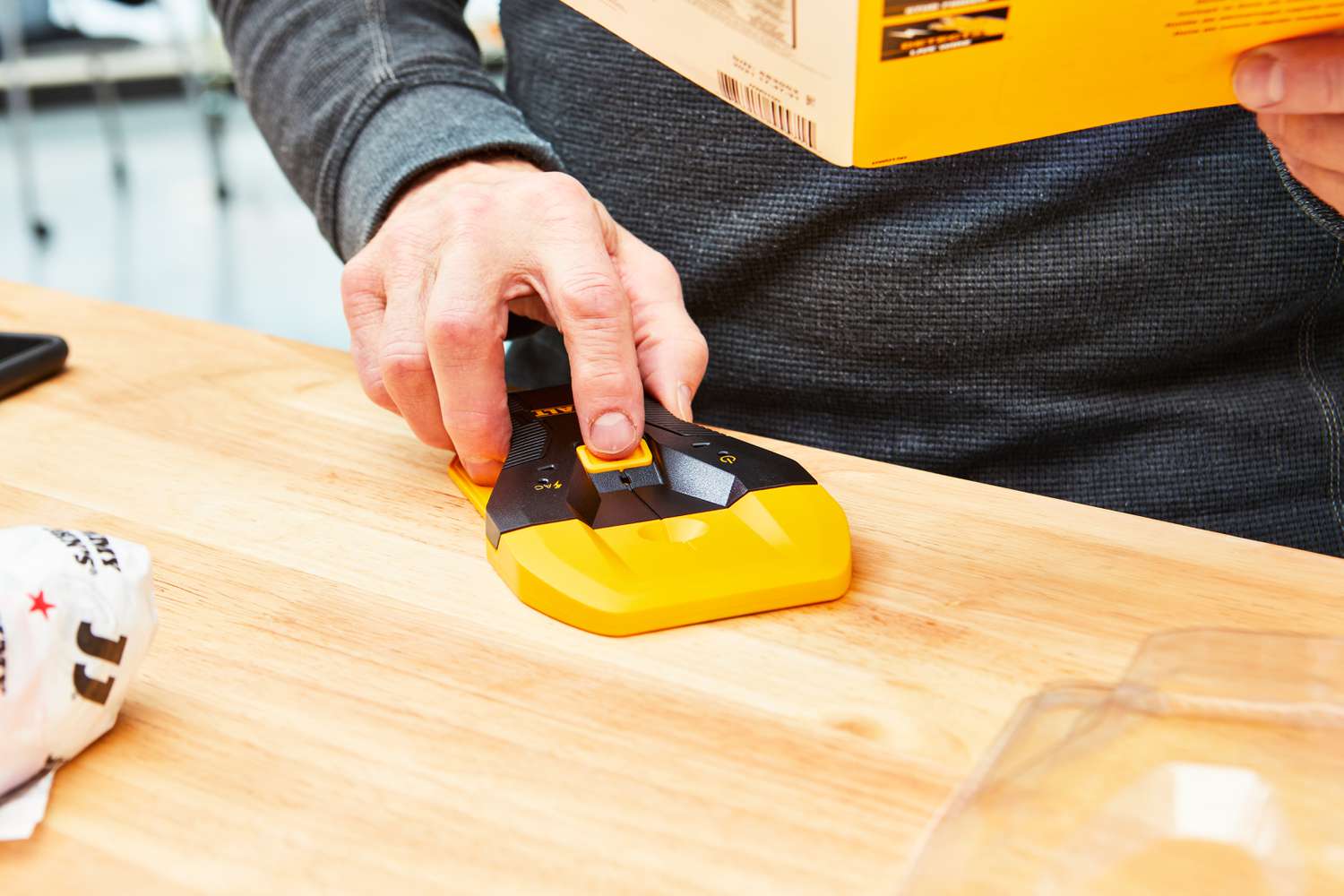

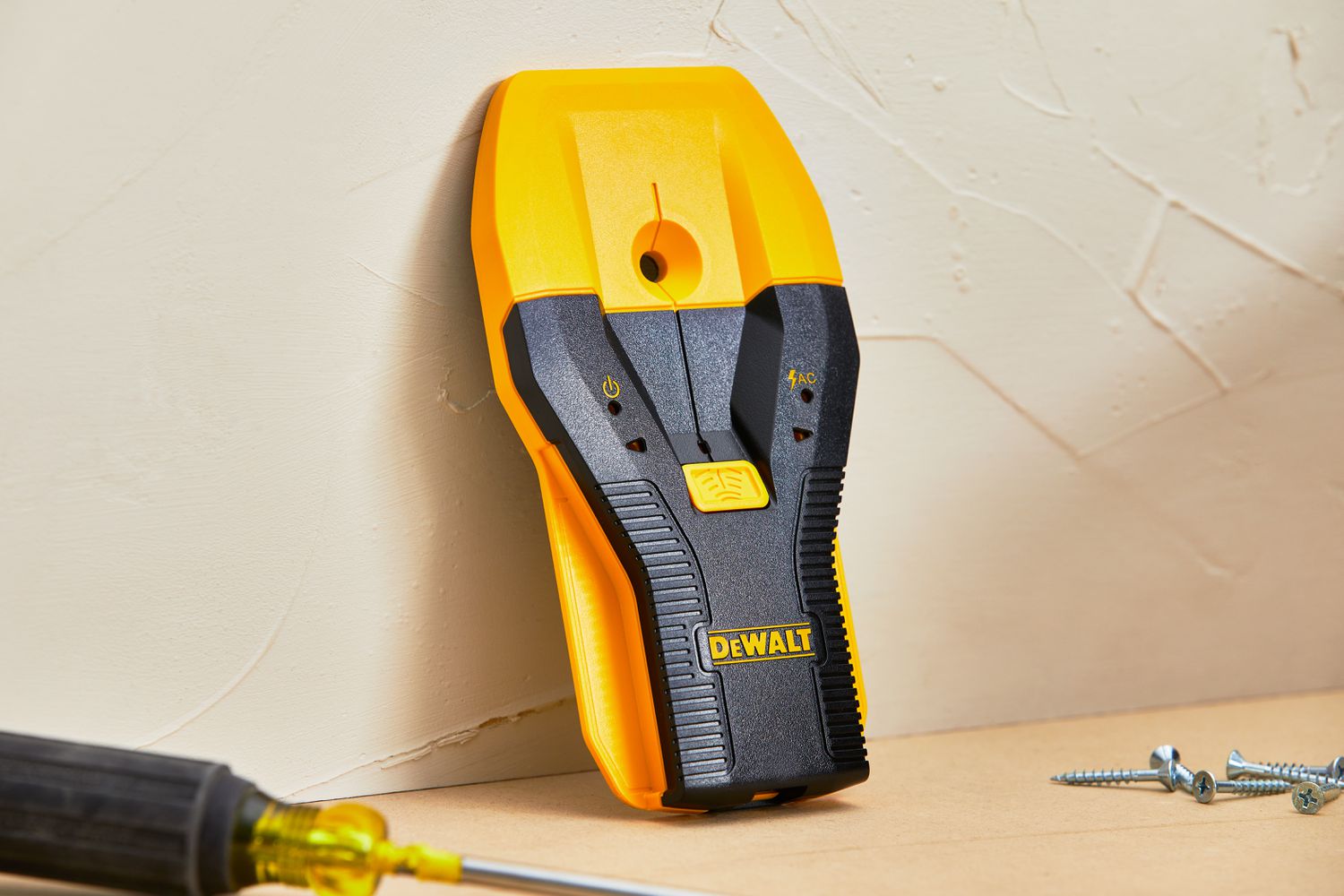
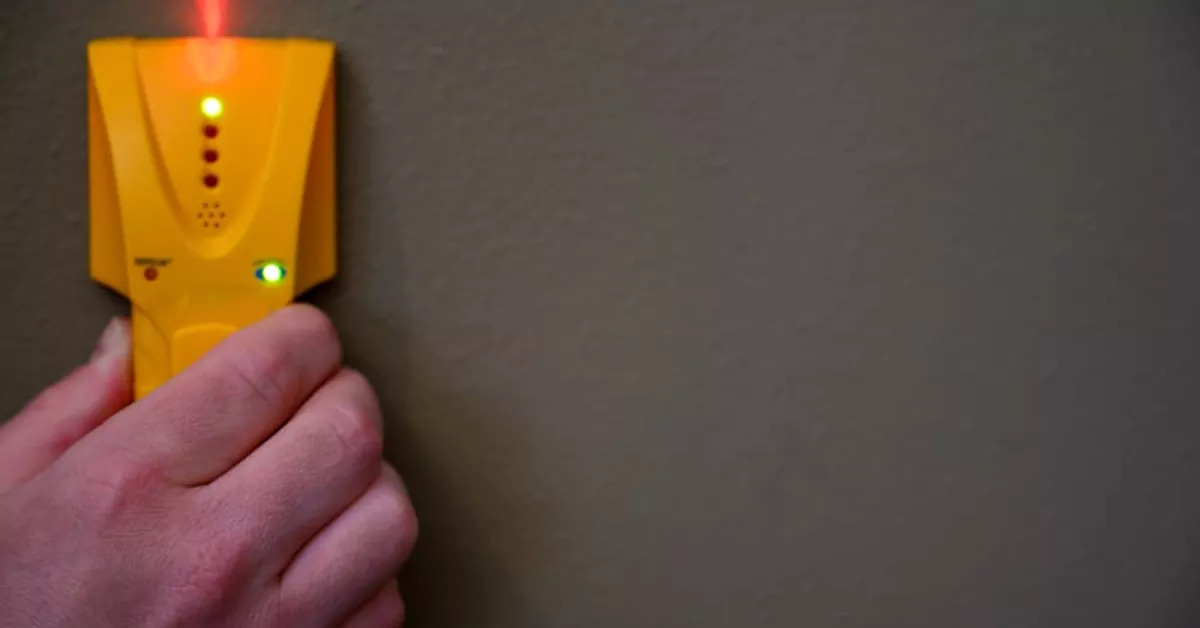
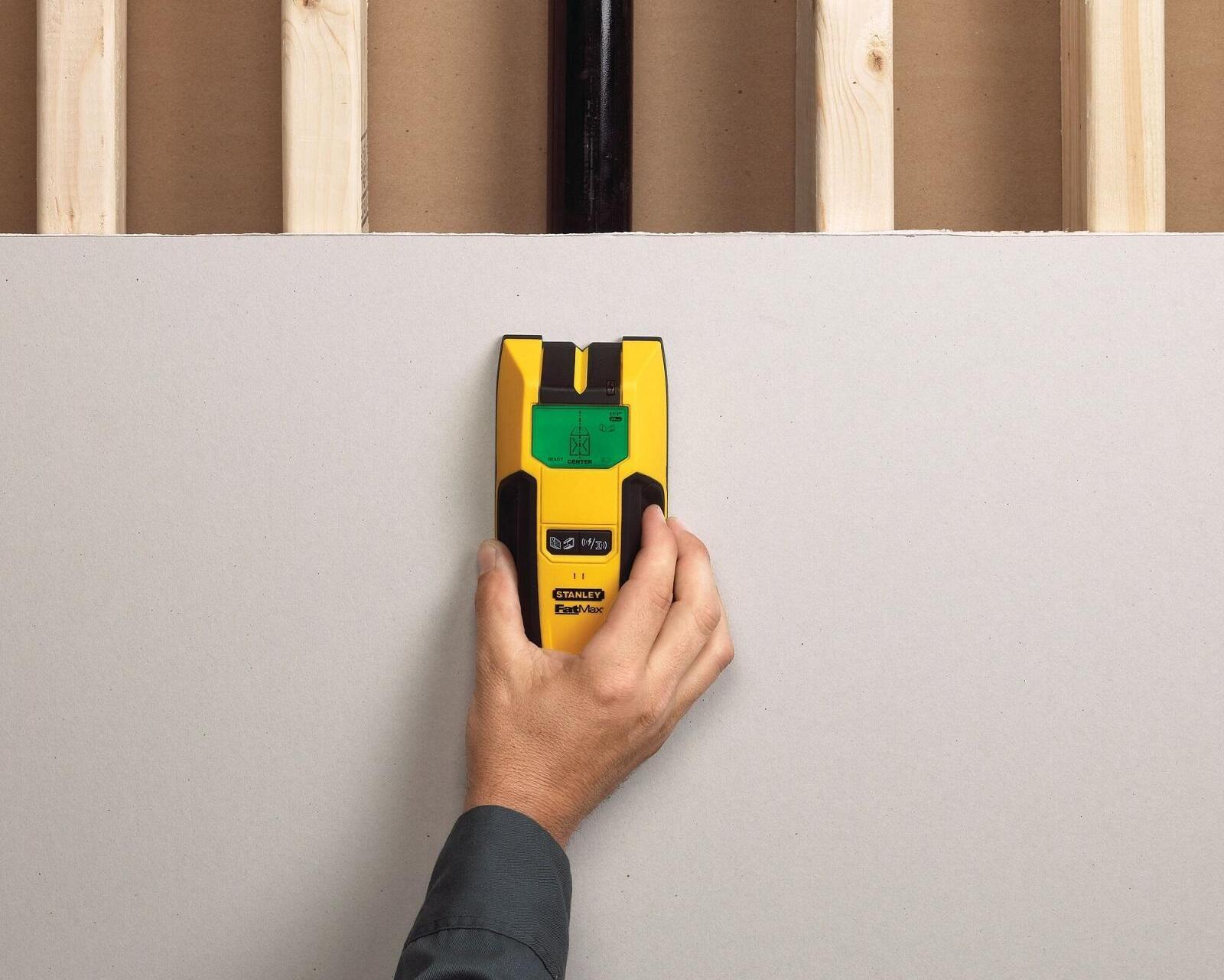
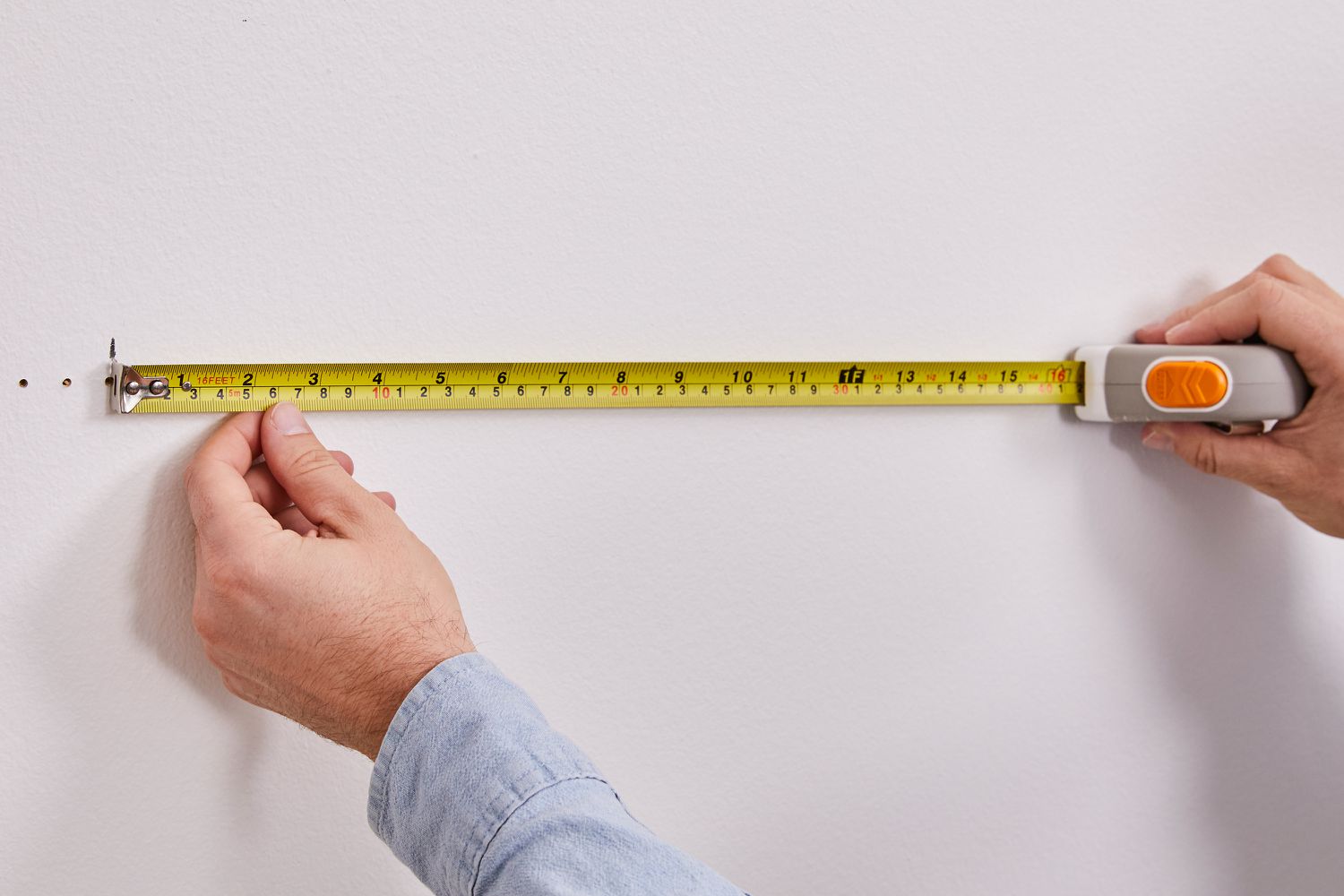
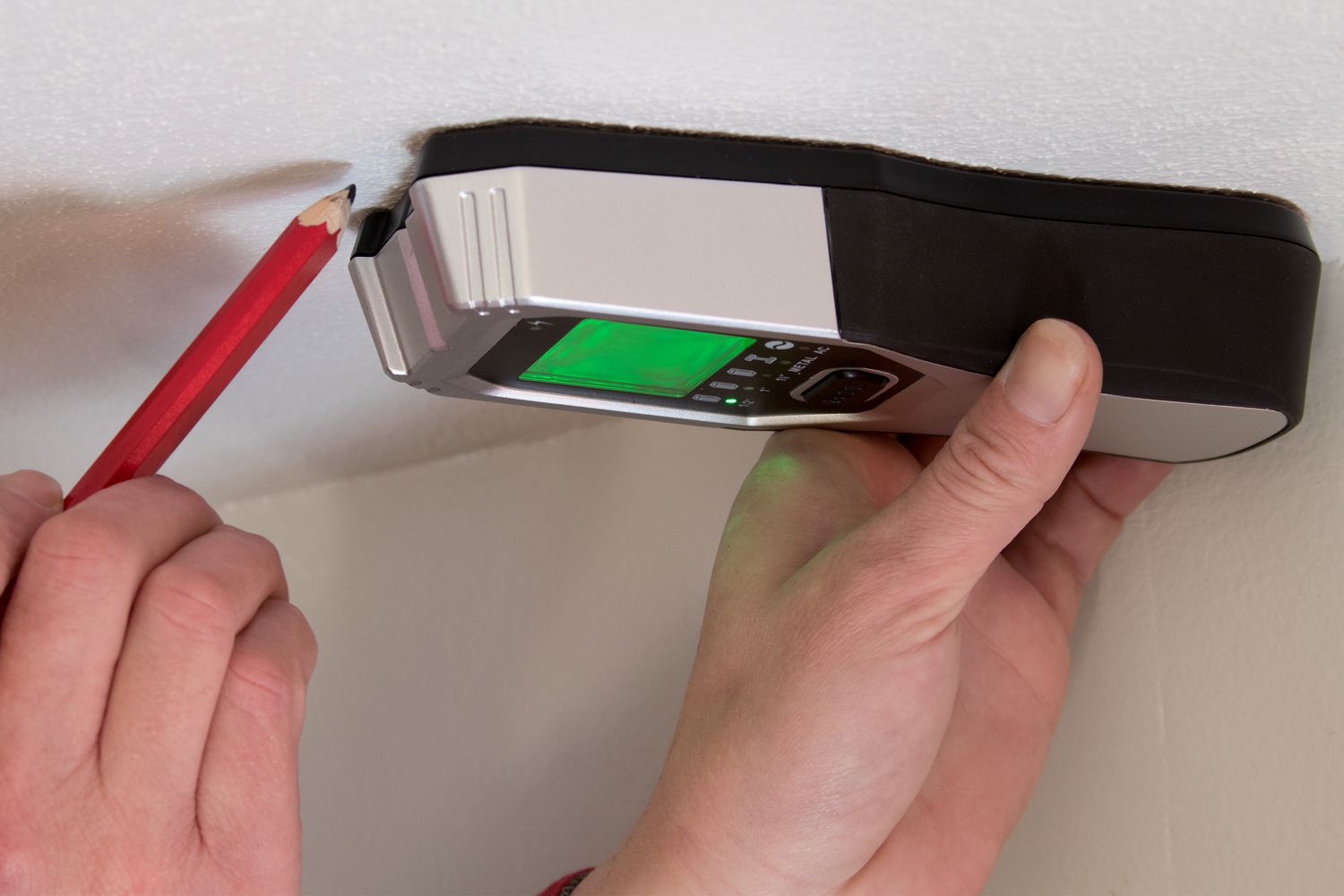
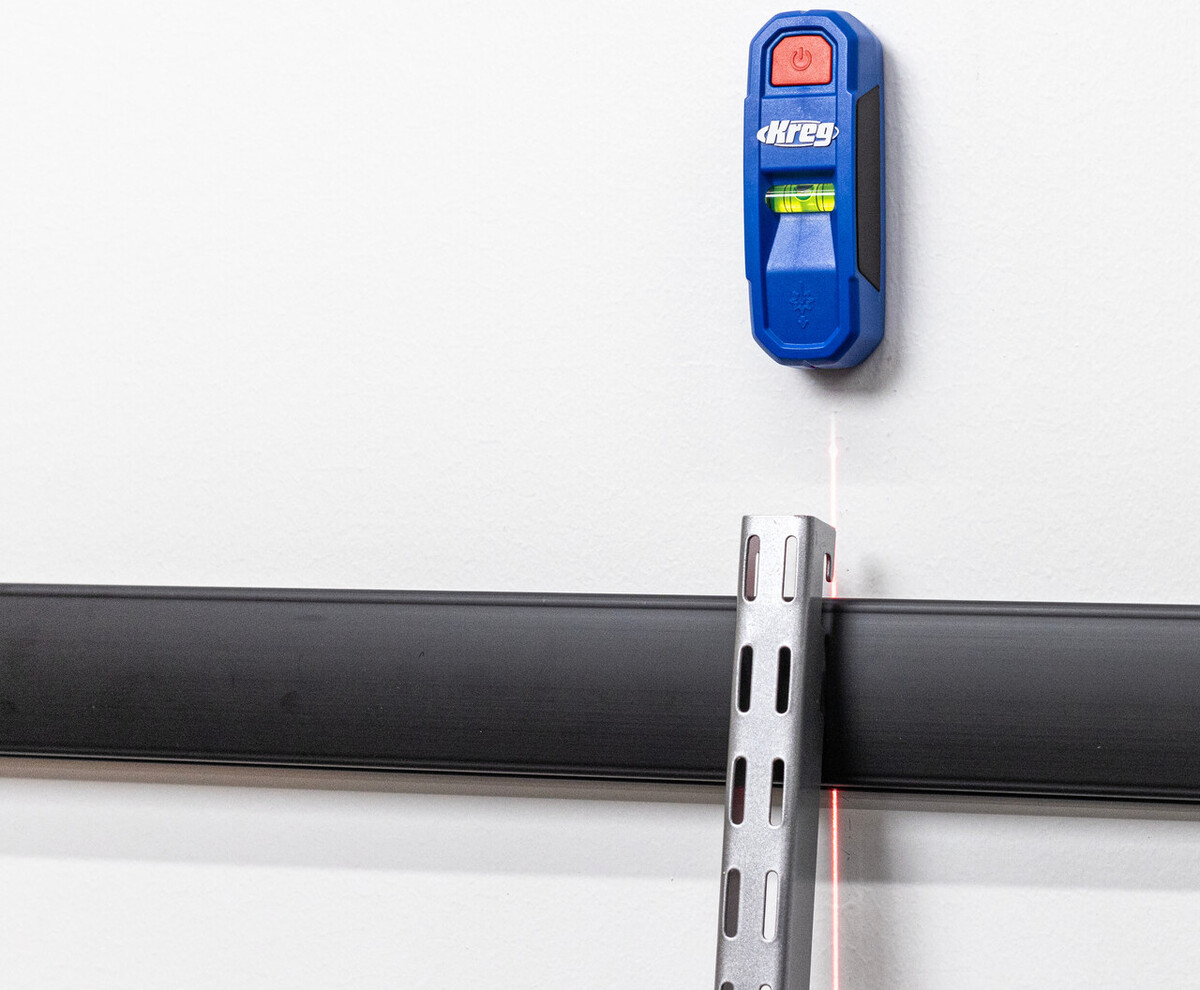
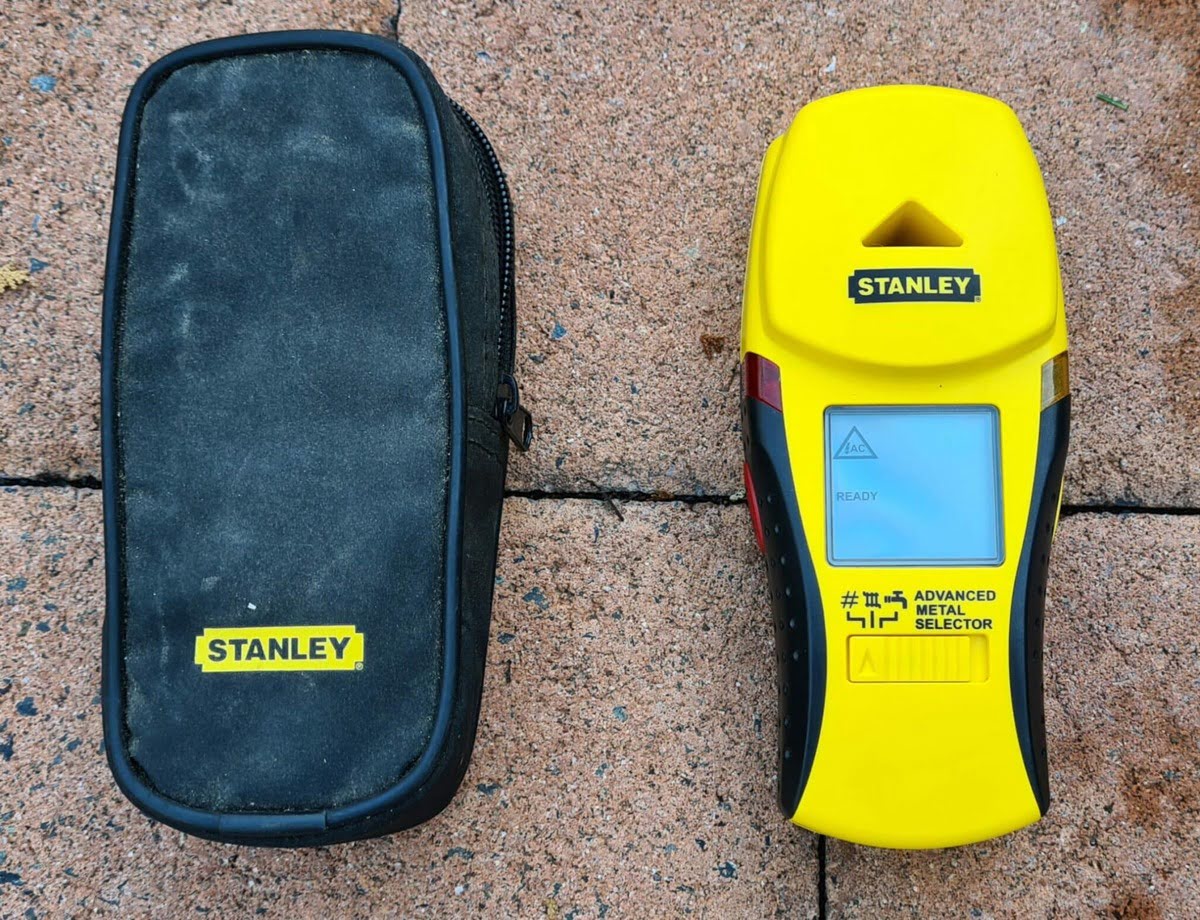
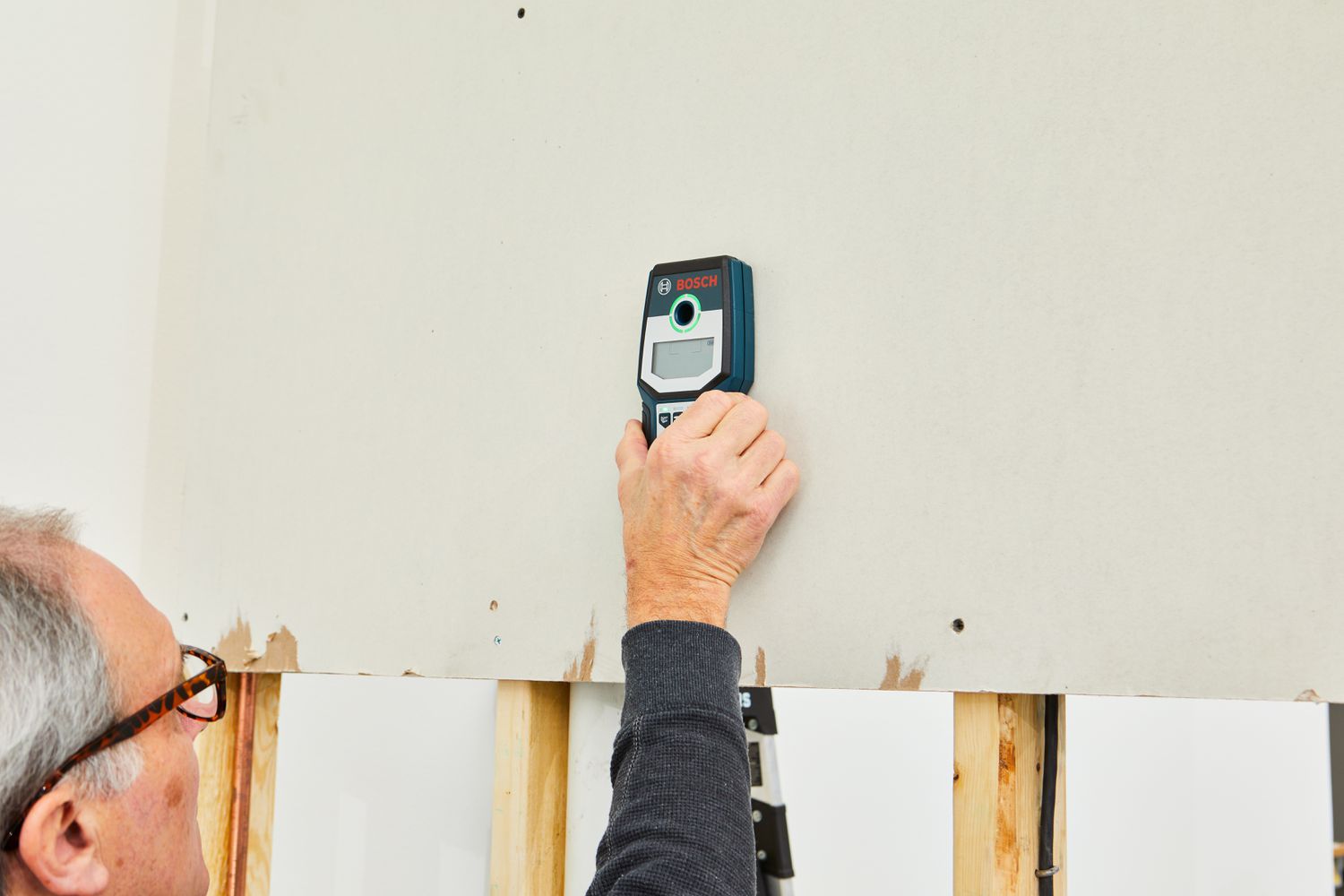
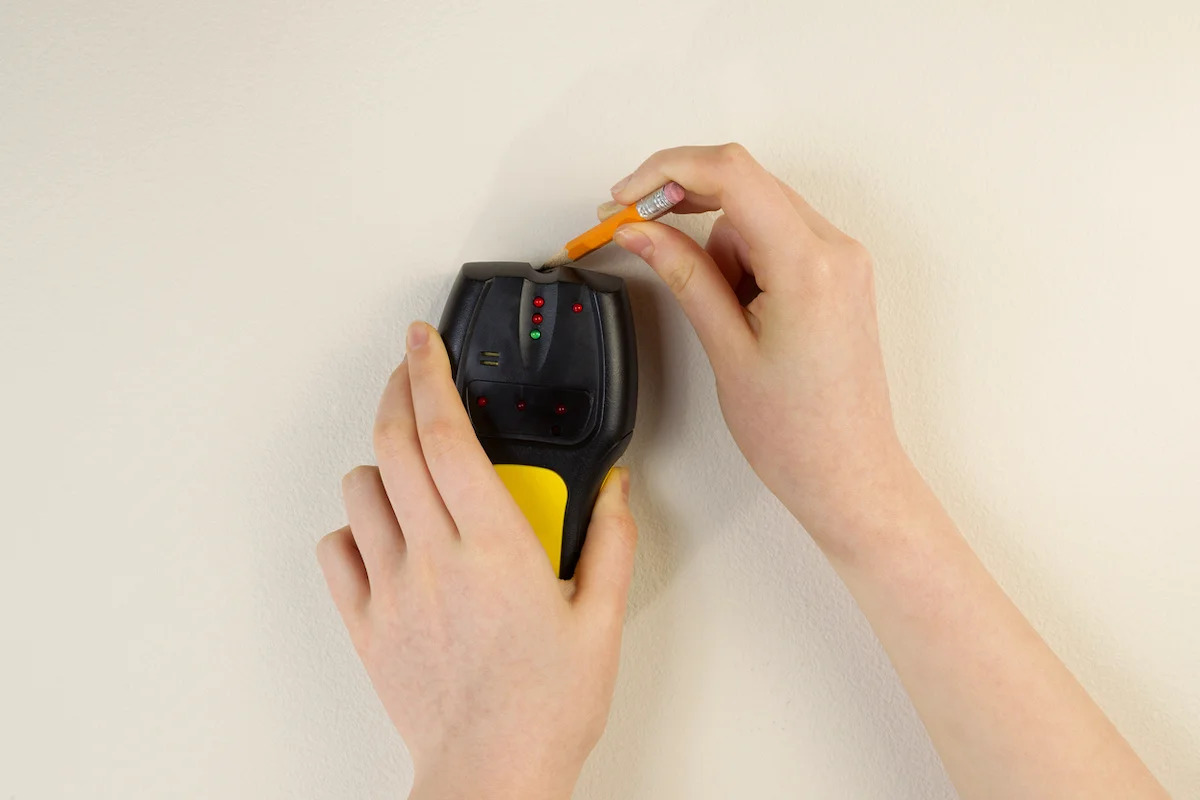

0 thoughts on “What Is A Stud Finder And How Does It Work”